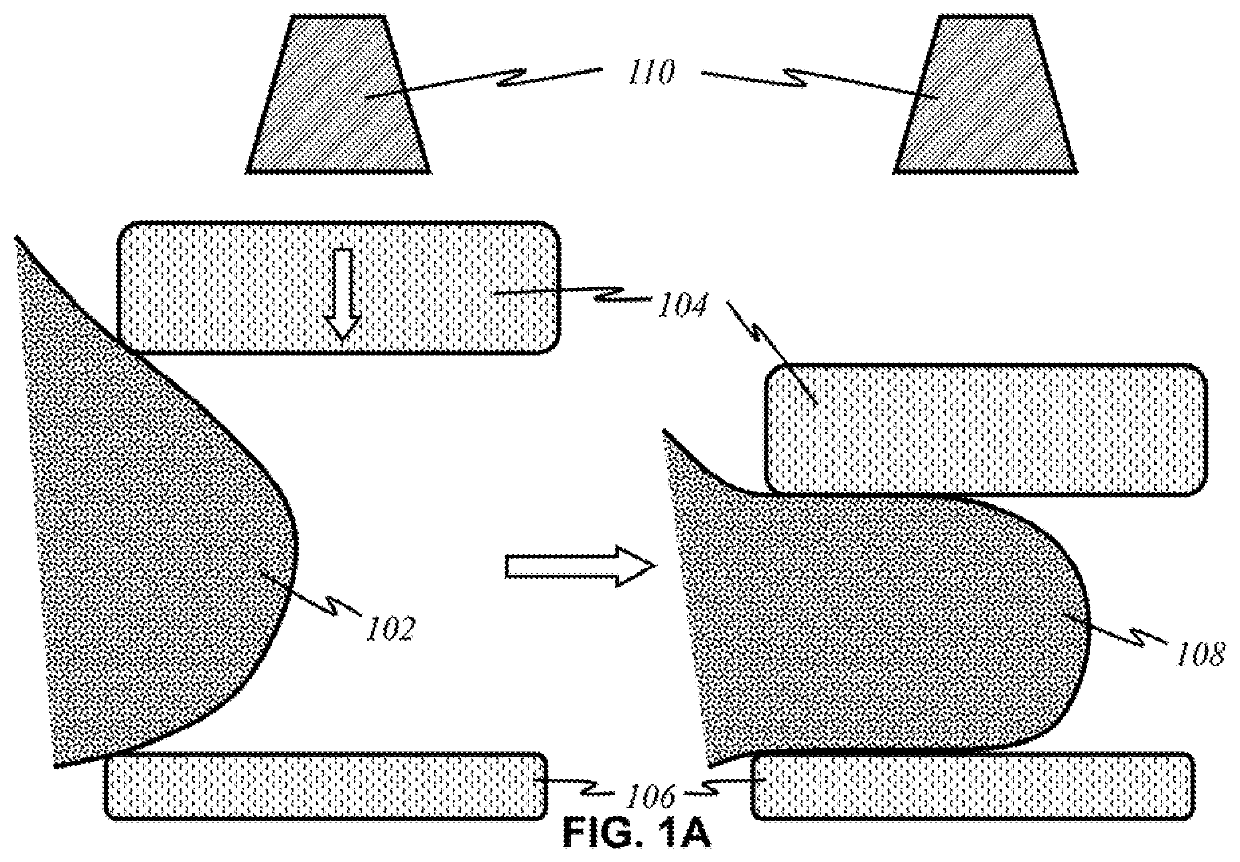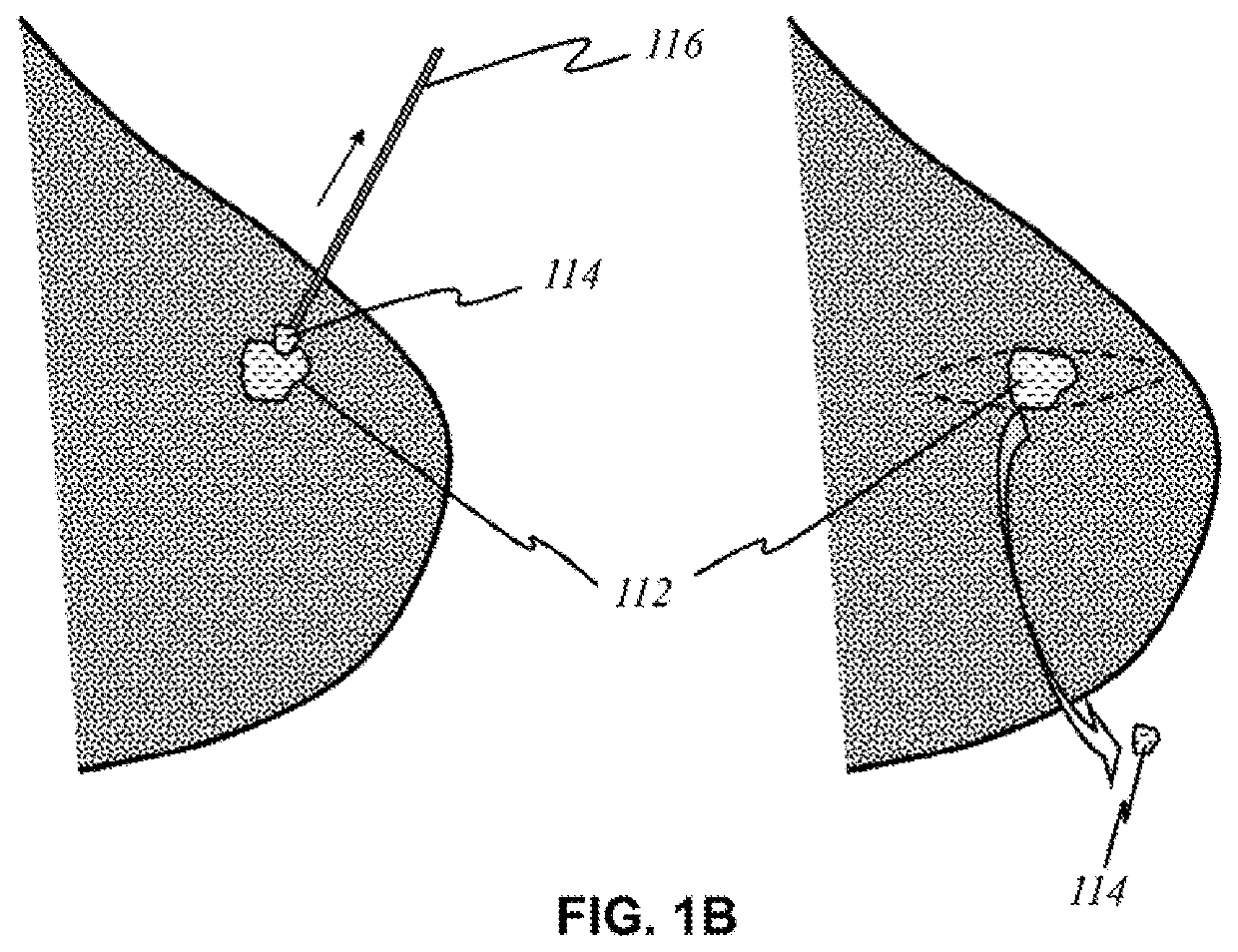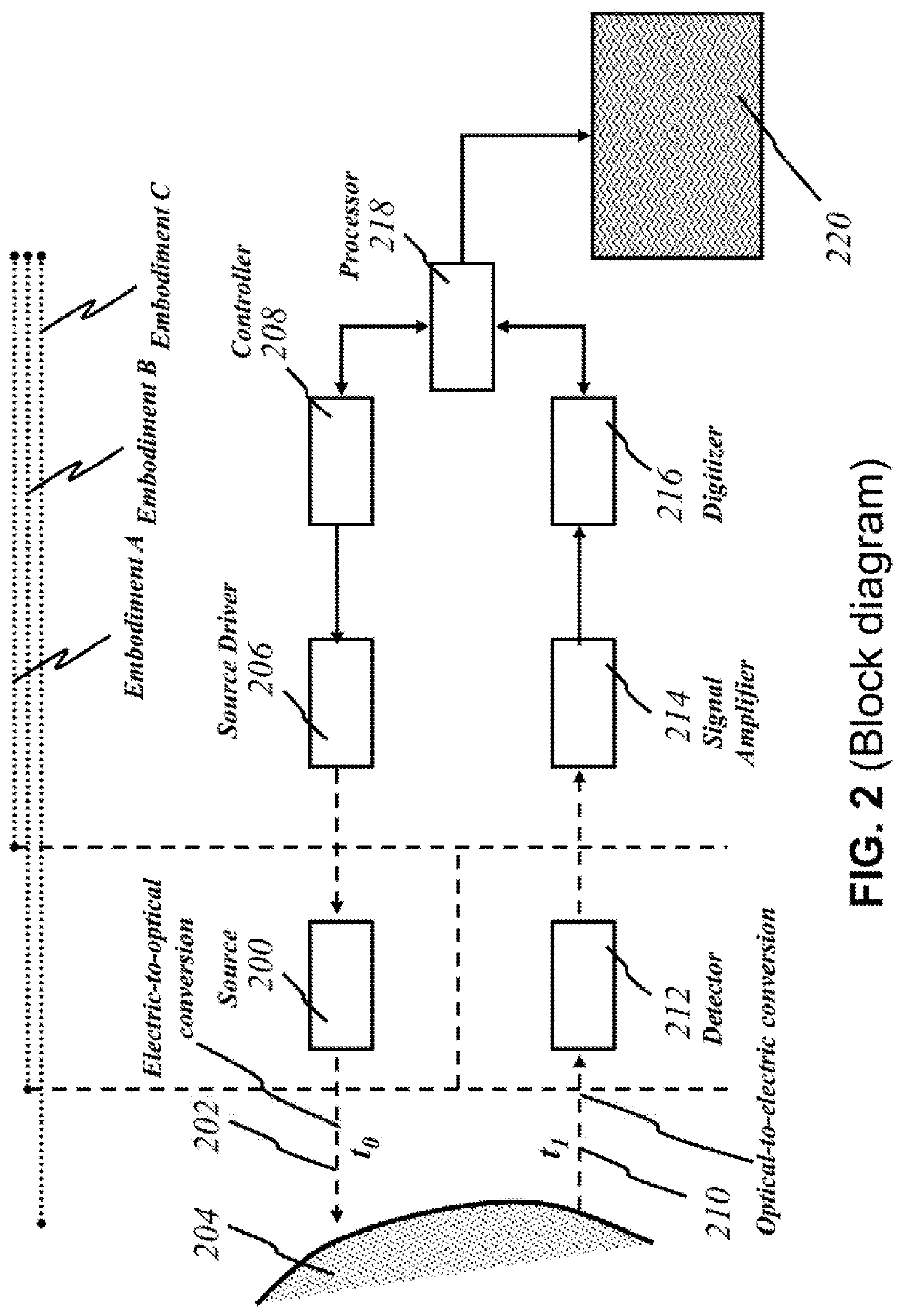Imaging system for screening and diagnosis of breast cancer
a breast cancer and imaging system technology, applied in the field of subcutaneous cellular mass detection, can solve the problems of no device available for a woman to use, no effective preventive method, and greatly reduced survival chances, so as to improve survival rate, reduce the risk of breast cancer, and improve the effect of screening and diagnosis
- Summary
- Abstract
- Description
- Claims
- Application Information
AI Technical Summary
Benefits of technology
Problems solved by technology
Method used
Image
Examples
Embodiment Construction
[0056]Reference numerals refer to corresponding parts labeled throughout the figures. The embodiments described herein pertain to a device that detects and images subcutaneous cellular mass through optical techniques. The embodiments pertain to methods and apparatuses for screening and diagnosis of breast cancer.
[0057]As used herein, the term “area of interest” and “area of concern” refer to parts of bodily tissue where cancer cells are suspected or known to be. For example, a woman (or man) may undergo mammography on her breasts where she felt a lump. The general area where the lump was would be an area of concern because it is suspected that cancer cells may be developing in the lump. In particular, a “tumor” is an abnormal growth of cells, especially malignant neoplasms that invade nearby cells (cancer).
[0058]As used herein, the term “biomass” refers to a total mass or volume of organic matter, typically from the human body. It could be an entire organ or portion thereof, a secti...
PUM
 Login to View More
Login to View More Abstract
Description
Claims
Application Information
 Login to View More
Login to View More - R&D
- Intellectual Property
- Life Sciences
- Materials
- Tech Scout
- Unparalleled Data Quality
- Higher Quality Content
- 60% Fewer Hallucinations
Browse by: Latest US Patents, China's latest patents, Technical Efficacy Thesaurus, Application Domain, Technology Topic, Popular Technical Reports.
© 2025 PatSnap. All rights reserved.Legal|Privacy policy|Modern Slavery Act Transparency Statement|Sitemap|About US| Contact US: help@patsnap.com



